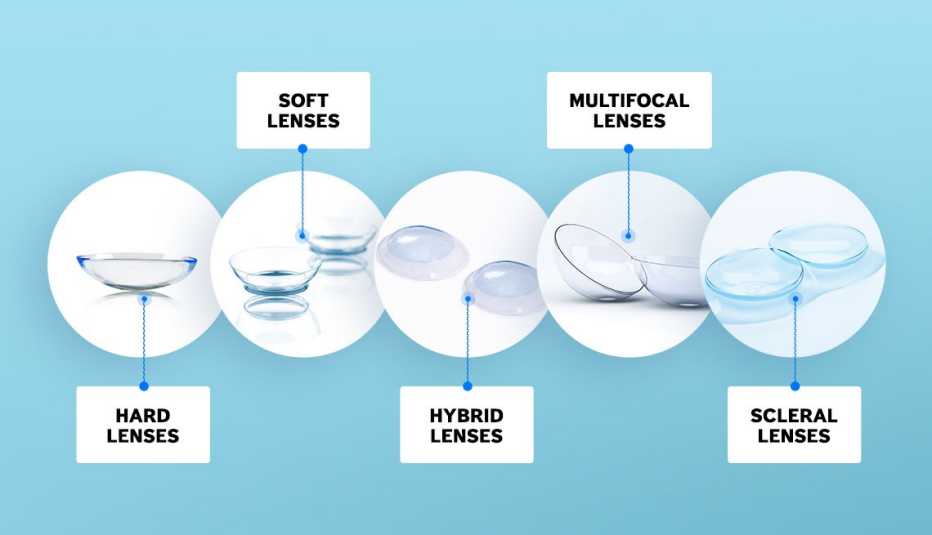AARP Hearing Center


If you tried contact lenses years ago and disliked them, it may be time to take another look. Contacts not only have become more comfortable, but you can wear them even if you have dry eyes or presbyopia, also known as the aging eye condition (not to mention the fact that you’ll look more like Superman than Clark Kent).
“The vast majority of people are good candidates for contact lenses,” says Edward S. Bennett, executive director of the GP Lens Institute and a professor at the University of Missouri-St. Louis College of Optometry. “A lot of the resistance comes from fear or anxiety, but when a trained assistant shows you how to put them in and take them out, you realize it’s pretty easy.”
There are many effective options for people over age 50 these days, including:


Soft lenses. More than 90 percent of adult contact lens wearers use soft lenses. The most popular are made with plastics called silicone hydrogel polymers: Up to five times more oxygen flows through these lenses compared to older hydrogel lenses, says Samuel D. Pierce, president of the American Optometric Association (AOA). (Oxygen is important for healthy corneas.)
Daily disposable soft lenses can even relieve dry-eye issues in some older adults. As we age, our eyelids become less elastic, and they don’t completely shut when we blink. The constant exposure to air robs eyes of moisture, but “contacts help seal in moisture, thus keeping the eyes from drying out,” says Pierce. And when you throw out your lenses each day, less debris builds up, which improves comfort.
Hard lenses. Also known as gas permeable lenses (GPs), hard lenses have some benefits: They provide sharp vision, they’re durable, and oxygen easily flows through them. “They provide better vision than a soft lens, and your vision at all distances is as good or better than what you see out of glasses,” says Bennett, who has worn hard lenses for 51 years. The downsides? GPs can require more time to feel comfortable and they’re less likely to stay in place. They’re also more expensive than soft disposable lenses, though they last an average of two years.
Hybrid contact lenses. They provide the comfort of a soft lens with the strong optics of a hard lens. Hybrids have never caught on, possibly because the lenses are more difficult to fit and more expensive to replace, according to Liz Segre, founding editor of AllAboutVision.com.


































































More on health
7 Mistakes You May Be Making With Eye Drops
How to keep your eyes healthy and free of infection